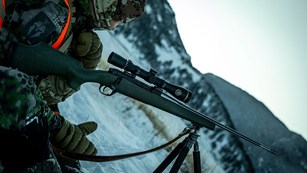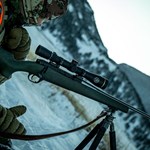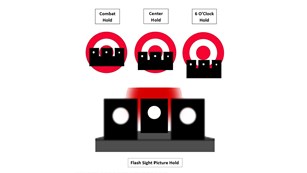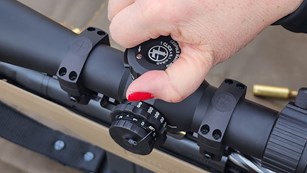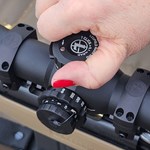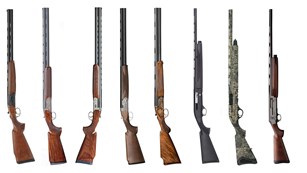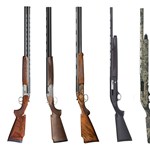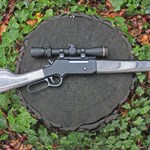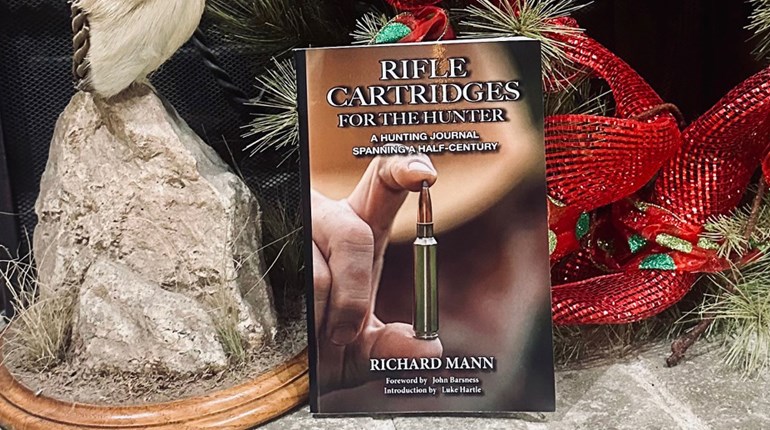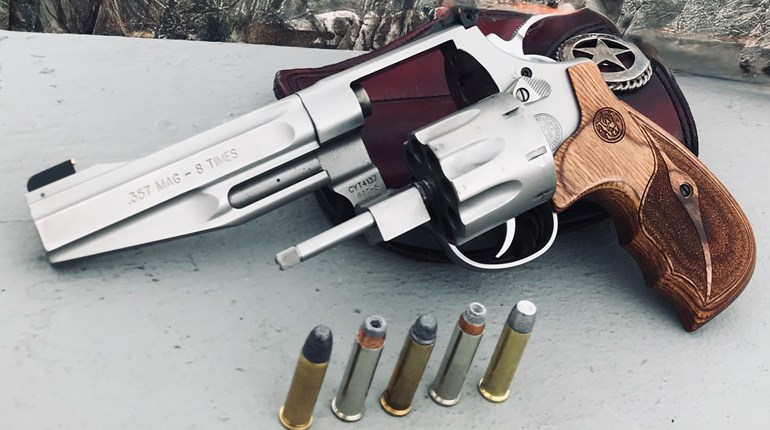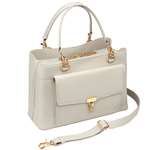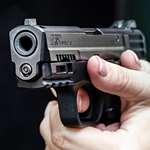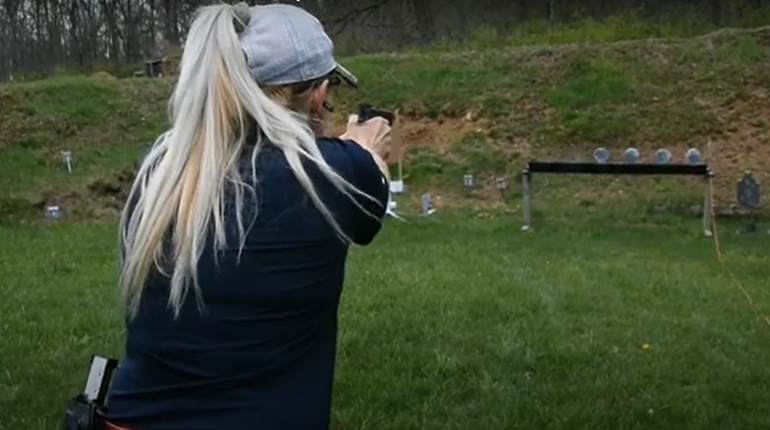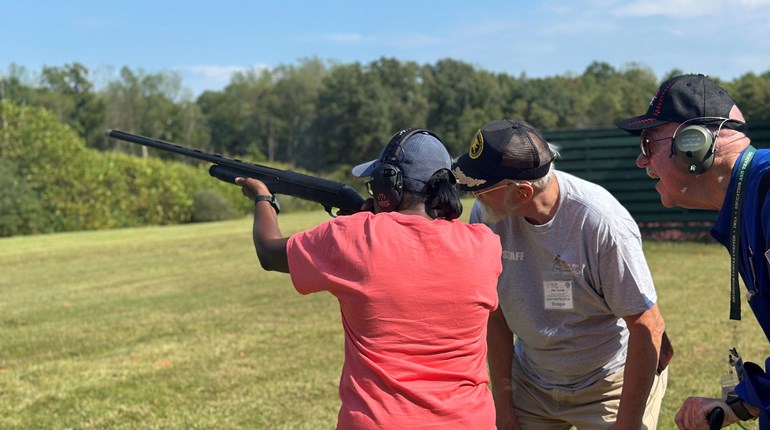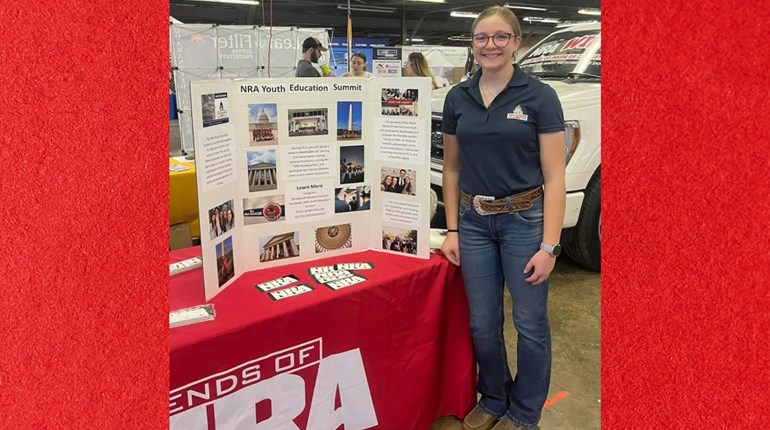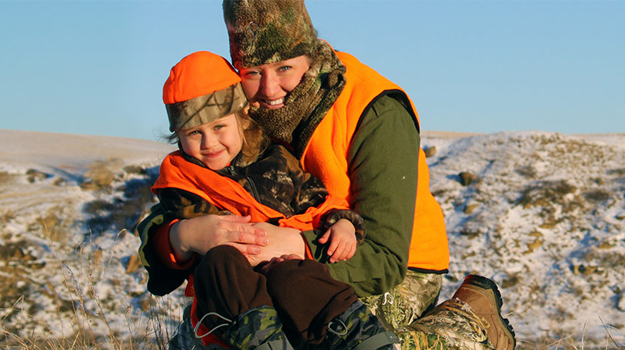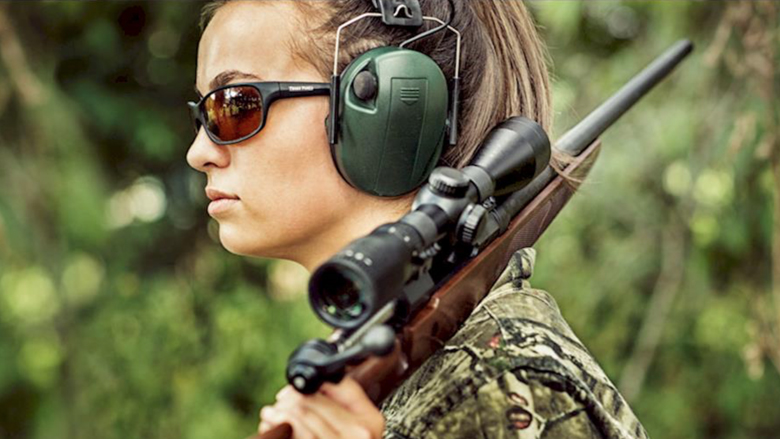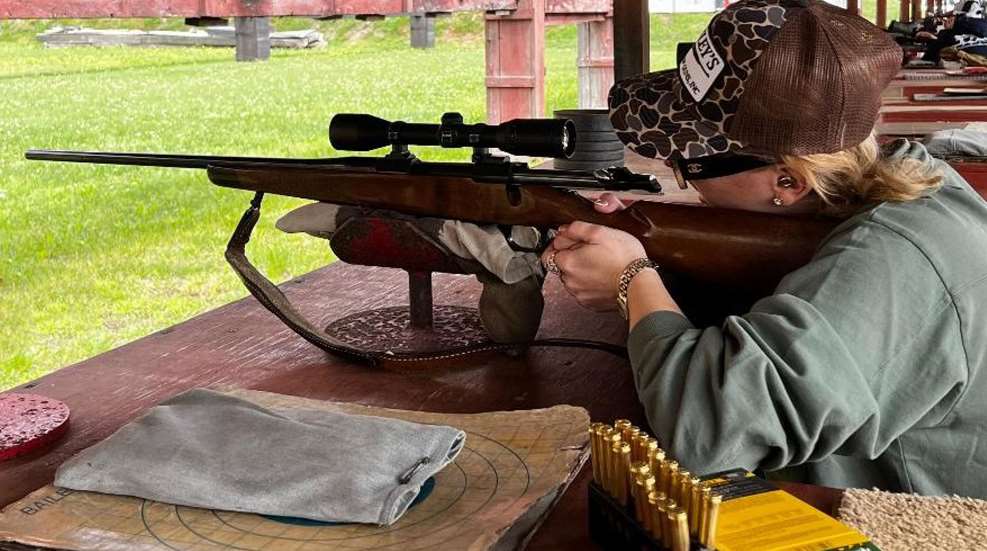
As hunting season approaches, hunters will be getting their hunting gear out of storage and planning their upcoming trips. But getting ready for the hunting season is more than just dusting off the equipment and firearms that you have not used in eight or nine months. It means ensuring that your equipment, including firearms, will perform at their best.
There are four “checks” you need to do with your equipment, especially your firearm, before heading to the field: clean checks, visual checks, mechanical checks and range checks.
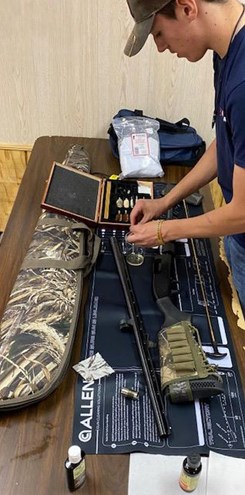
Clean Check
Many hunters skip the clean before their first hunting trip of the season, typically because the rifle was cleaned (or should have been) before being stored at the end of the last season. The fact that it was cleaned then is actually the reason why it should be cleaned before you use it in the new season.
Most hunters store their firearm in the closet or safe on the butt of the stock with the muzzle pointing up. Most gun oil is penetrating oil. This is why when we wipe it over the metal parts of the firearm, we immediately wipe it off with dry patches. The problem is that over time, that oil can seep back out. When it does that, oil can run down the barrel and into the action, gumming it up. By cleaning the gun at the beginning of the season, excess oil can be removed from the bolt or other action parts.
Oil also attracts dust. Excess oil can lead to dust settling in the action, potentially causing misfires or even perceived hang fires. Excessive oil can also lead to dust building up in the barrel. This can cause a slight obstruction, still enough to affect your shot placement.
Many hunters fire a round to “dirty” up the barrel before their first hunt of the season. They claim that their second shot is more accurate. This is true because they are removing excess oil and dust from the barrel. By cleaning the barrel, you can achieve the same result. This will save you from shooting and having to “waste” an expensive hunting cartridge. It will also prevent leaving damaging residue in the barrel that can cause pitting and deterioration.
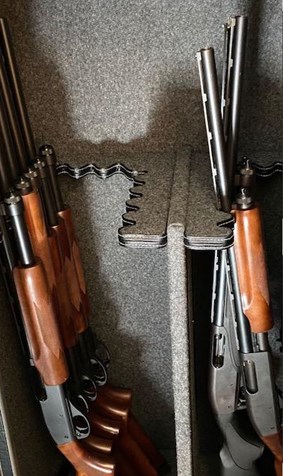
Visual Check
It is always important to give your rifle the “once over” when it is taken out of the closet or safe for the first hunt of the season. That way, you can see any problems you missed when you put it away or anything that might have developed while in storage.
Visual checks can indicate any external problems that might affect the safety of the firearm. Unknown cracks in a firearm’s stock can cause injury if left unrepaired. For example, if a stock breaks when the firearm discharges, the shooter can be hit by the barrel or flying pieces of wood. Likewise, missing screws that backed out during the previous season can cause mechanical failure. Additionally, loose scope mounts can cause injury to the shooter if the base or mounts fail and the optic strikes the shooter.
Visual checks can also uncover anything that might lead to severe damage to the firearm. Unseen rust can cause severe damage to the firearm’s metal parts if left untreated. Care must be taken to look at those hard-to-see areas. These include where two metal pieces come together, and areas such as under the fore-end or stock.
Mechanical Check
The mechanical check is one of the most important checks of the pre-season hunt. Unfortunately, this is the most often overlooked pre-season check. This includes function testing and dry firing. When you do this, you are making sure everything “feels” right and “sounds” right. For example, do you hear and feel a crisp trigger break? Does the action sound right or do you hear a scrapping or grinding sound?
It is very important to check the screws that hold the action together and the screws of your scope’s base and rings. It is also important to remember not to just get a screwdriver and start torquing down on them. Every hunter should have a good torque wrench that is calibrated in inch-pounds. This ensures that you do not over-tighten or break screws that are holding your firearm and scope in place.
Another piece of equipment that every hunter should have is a good bore scope. This allows the owner to look down the barrel for any pitting or rust developing in the barrel’s lands and grooves. Pitting and rust in the barrel can affect accuracy and cause damage to the metal. A bit of prevention is much easier and cheaper than having to repair or replace.
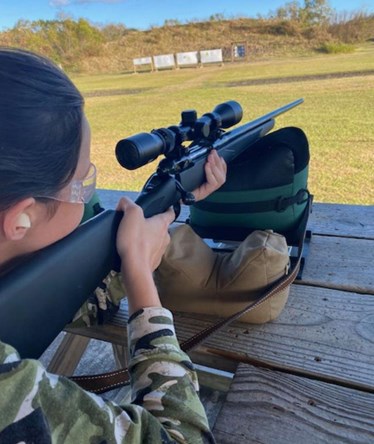
Range Check
It is very important to make sure that your rifle is sighted in before the first hunt of the season. Unfortunately, there are many hunters who never go to the range, even when the firearm is taken out of storage. Rifles that are not properly sighted in can lead to wounding loss. This means that rifles need to not only be sighted before the first hunt but should also be checked throughout the entirety of the season. Making sure that your rifle is sighted in is one of the first signs of an ethical hunter.
The range check is not only done to ensure that your rifle is sighted in properly, but also to make sure that your rifle is operating at its peak performance. For example, as the rifle ages and parts become worn, the ammunition that performed the best when the rifle was new may not be the best ammunition choice now. You might discover that another brand or load might work better.
Another reason to range check your rifle is for the ultimate function check. Taking your firearm to the range can let you know how everything performs under stress and recoil. This lets you know if any moving parts such as the trigger, safety, or action perform properly without getting in a bind or hanging up. Problems with moving parts can lead to accuracy issues or even worse, safety issues.
Lastly, the range check can be a physical check-up on the shooter. Just as the rifle ages every year and parts become worn, we also age and our parts become worn. For example, maybe your eyesight is not as good this hunting season as it was last season. This can let you know if you need prescription shooting glasses or need to adjust your scope according to your eyesight. Also, this can let you know if you can still handle the recoil of your favorite rifle or if you need to “downsize” in the caliber.
By following these four simple steps, you can ensure that you have done everything that you can control, to make the upcoming season the best that it can be. Imagine having the biggest buck, elk, or other game animal of a lifetime step out and you miss the shot because of something you did not do before you entered the woods. Ensuring that your equipment is at its top performance will always pay off in the long run.
Ethical hunters always make sure that their rifle can deliver a quick, clean, and ethical harvest. It does not matter what game you are after or the type of hunting in which you are partaking. Ethical hunters are ethical gun owners and ethical gun owners are the best Second Amendment advocates.
